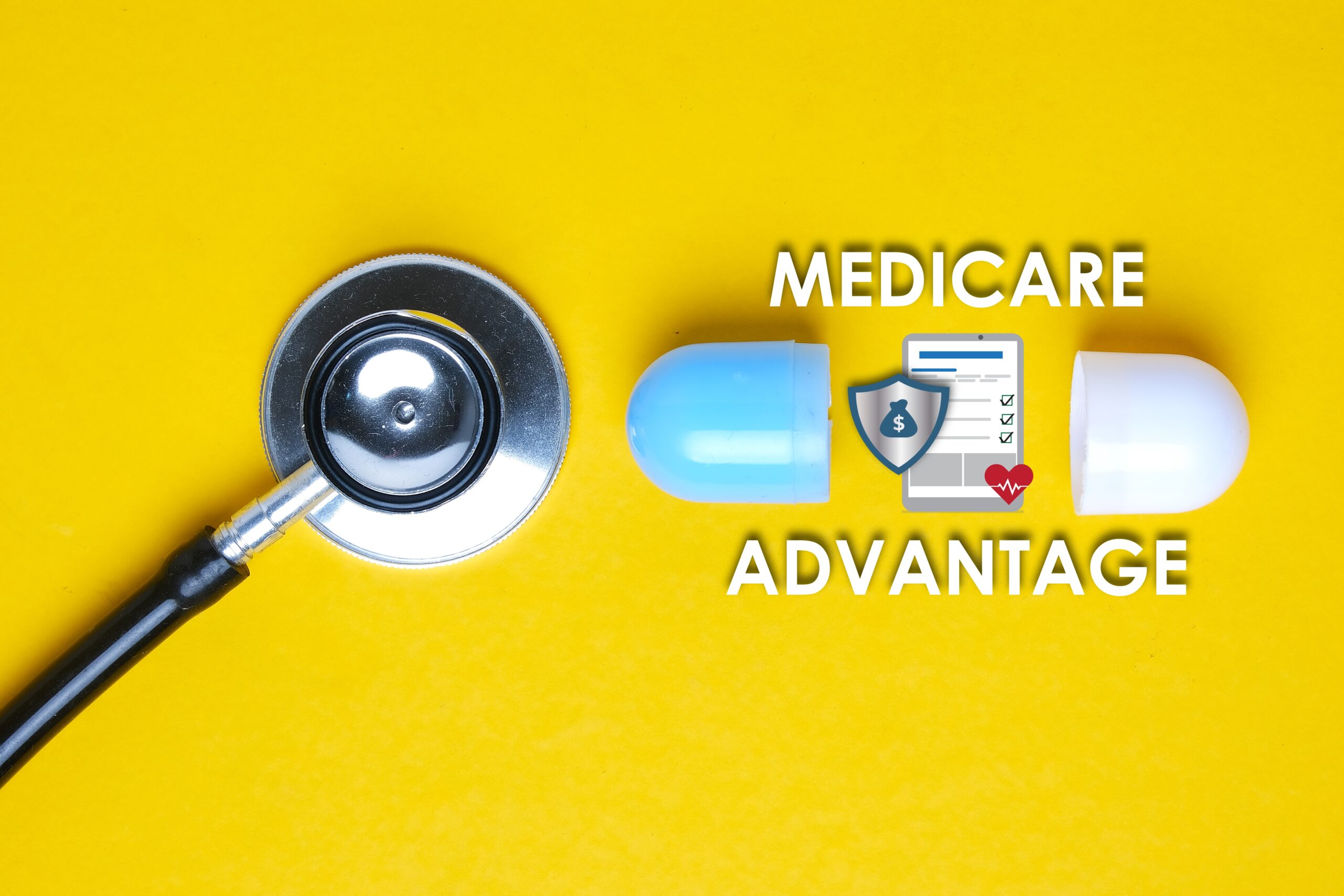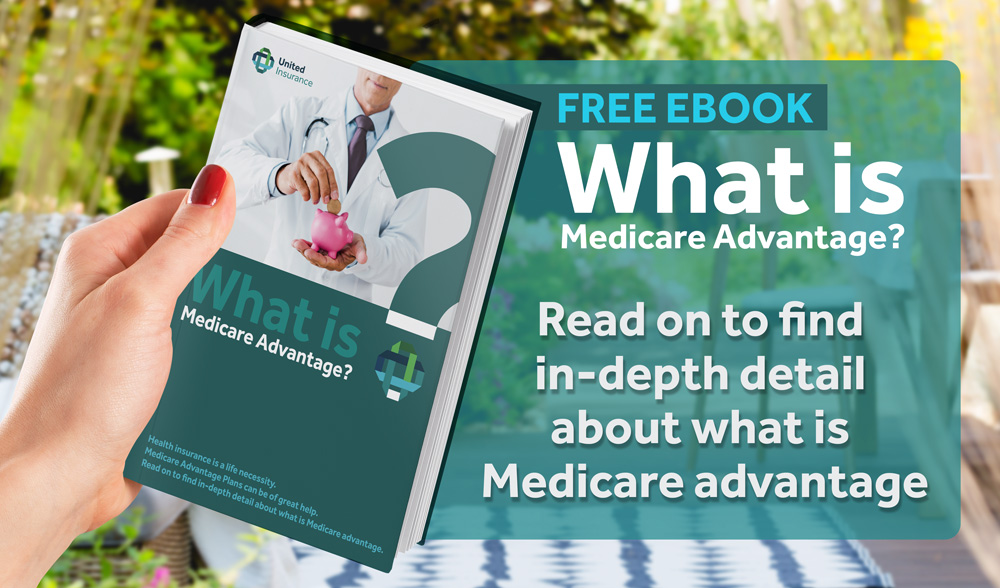
Medicare Preparation Starts Now! Medicare is designed to help eligible individuals pay for healthcare. One of the most important decisions to make when enrolling for the first time or making changes to your coverage during open enrollment is whether to opt for Medicare Advantage (MAPD) or Traditional Medicare. Your choice can determine which doctors and hospitals you can visit and what you’ll pay for coverage. Understanding the differences between MAPD and Medicare can make it easier to choose the one that’s right for you. Making decisions about healthcare during retirement is best done in consultation with an agent.

Medicare Basics
Medicare is a federal health insurance plan for people aged 65 or older. Eligibility is also extended to certain younger people with disabilities and people with End-Stage Renal Disease (ESRD). If you have other health insurance in place, Medicare will coordinate with your existing health insurance company to determine who pays what any time you file a claim for services.
Medicare shouldn’t be confused with Medicaid, which is a government program that provides health insurance to low-income individuals and families. It’s possible to qualify for both if you meet dual eligibility requirements. The biggest difference between Medicare and Medicaid, in terms of what it pays for, is long-term care.
If you have Medicaid, your coverage can pay for long-term care in a nursing home. You may need to spend down assets first to qualify for Medicaid. Medicare, on the other hand, doesn’t pay for long-term care in a nursing facility.
What Does Medicare Cover?
Original Medicare, also referred to as traditional Medicare, includes Medicare Parts A and B. Medicare Part A is hospital insurance. It covers things like:
- Hospital stays, up to 60 days in a semi-private room
- Hospital meals
- Nursing services
- Intensive care services
- Drugs, medical supplies, and medical equipment
- Lab tests and X-rays that are required while hospitalized
- Surgery and recovery costs
- Rehabilitation and therapy services
- Part-time home nursing care
Medicare Part B is medical insurance. So that means you’re covered for things like:
- Doctor visits
- Vaccinations and flu shots
- Health screenings
- Medical tests
- Medical supplies
- Ambulance services
- Preventative healthcare programs
Medicare Part D is prescription drug coverage. You must have both Medicare Parts A and B under Original Medicare to join a prescription drug program.
There’s also Medicare Part C, which is also known as Medicare Advantage. Medicare Advantage plans (MAPD) are offered by private insurers and cover everything that’s covered by Medicare Parts A and B. MAPD plans can also offer some additional coverage options.
Medicare Advantage vs Original Medicare
Neither Medicare Advantage plans nor Original Medicare cover healthcare services provided outside the U.S. That’s something to keep in mind if you’re considering retirement abroad.
So what does MAPD cover that Original Medicare doesn’t?
Depending on the plan, your Medicare Advantage coverage may include:
- Prescription drugs
- Dental care
- Vision care
- Hearing care, including hearing aids
- Wellness and fitness (i.e. gym memberships or fitness classes)
If you anticipate needing eyeglasses, dentures, hearing aids, or anything else that Original Medicare doesn’t cover, that may be a reason to consider a Medicare Advantage plan.
Medicare Advantage is Cheaper Than Medicare
Both Medicare Advantage and Medicare can have out-of-pocket costs. With Medicare, Part A coverage is typically premium-free for most people. Medicare Part B coverage has both a premium and a deductible. For 2024, the standard Part B premium is $174.70. What you pay for Medicare Part B premiums can depend on your income and tax filing status.
The standard Medicare Part B deductible is $240 for 2024. For Medicare Part B services, you typically pay 20% of the Medicare-approved amount after meeting the deductible. If you’re also enrolled in Medicare Part D with Original Medicare, you’ll pay a separate premium for that.
With Medicare Advantage plans, the amount you pay for premiums or deductibles can depend on the plan. Some Medicare Advantage plans have a $0 premium, for instance. If the plan does charge a premium, you’d pay this in addition to the regular Medicare Part B premium. But you may not be paying extra for Part D prescription drug coverage if that’s included in the plan.
Medicare Advantage plans may require copayments or coinsurance. There may be a yearly limit, however, on what you’re required to pay out of pocket. You won’t need to purchase Medigap insurance either, which is designed to supplement some of the costs that Original Medicare doesn’t cover.
So which is cheaper, Medicare or Medicare Advantage?
The simple answer is that it depends. With Medicare, you more or less know what you’re going to pay each year. It can be harder to pinpoint exact costs with Medicare Advantage, as plans may vary. So it’s important to compare Medicare Advantage options carefully before enrolling or changing your coverage to get a sense of what you’ll pay and what’s covered in exchange.

Which One Should You Get?
Whether it makes sense for you to get Medicare Advantage or Original Medicare can depend on what type of health coverage you need and what you want to pay for it. If you don’t need extras like vision care or dental care, then you might prefer to go with Original Medicare. You may avoid paying a Part A premium and you’ll know what your Part B premiums will be each year, based on your income.
You may also prefer the convenience of being able to visit any doctor or healthcare provider that accepts Medicare, rather than having to visit in-network doctors. And not having to get a referral to see a specialist may be a plus if you develop an ongoing health condition.
On the other hand, Medicare Advantage plans can offer more comprehensive coverage. Costs may be lower as well. If you choose a MAPD plan, you’re not locked into that plan. You could change to a new Medicare Advantage plan if the one you have falls short of your expectations or needs. Talking to a financial advisor or Medicare enrollment specialist can help you get answers to your Medicare questions.
Bottom Line
Weighing the differences between Medicare Advantage vs. Medicare can help you decide which one is a better fit based on your healthcare needs and what you want to spend for care. Once you’re enrolled in Medicare, it’s possible to update your choice of plans during open enrollment. Medicare open enrollment runs from October 15 to December 7 each year, giving you time to adjust your coverage if needed. Speak with one of our licensed agents who can help assist you.
